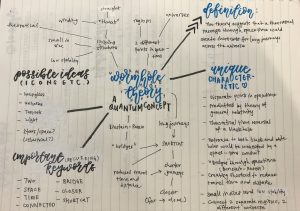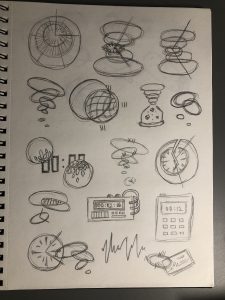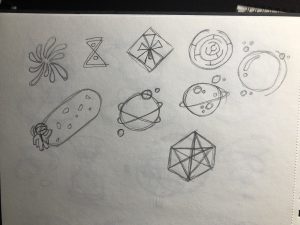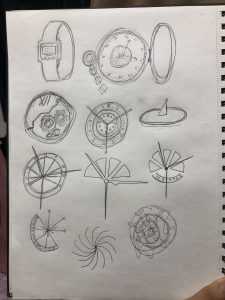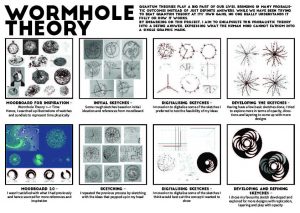
Caslon is a serif typeface that is that is designed by William Caslon I, and belongs to the oldstyle typeface family. At that time, improved skills of punchcutters and their techniques resulted in the refinement of the humanist calligraphic style, which was popular in the late 1400s. Similar to all oldstyle typefaces, Caslon has generous counters, an increased x-height as compared to the humanist typefaces commonly used before, and has excellent readability even at a small point size. Caslon worked as an engraver of punches, the masters used to stamp the moulds or matrices used to cast metal type. Soon after, Caslon established a strong reputation for its quality and its attractive appearance, suitable for extended passages of text.

William Caslon’s specimen sheet was issued from 1738 onwards although first appearing in 1734. Caslon’s type was publicised through the contribution of this specimen sheet to Chambers’ Cyclopedia, which has often been often cut out by antiquarian book dealers and sold separately. Caslon’s specimen sheet exhibited his roman and italic types in 14 different sizes.


Influenced by Dutch baroque, Caslon was the first to produce a distinctive English type with strong serifs (a projection finishing a letter stroke) and solid capitals. The glorious specimen sheets show his type family. In the terminology of type, a font was a complete set of one particular style and size of typeface that would have been cast in metal by Caslon’s foundry and sold to printers. His work helped to modernise the book, making it a separate creation rather than a printed imitation of the old hand-produced book, pushing print to greater heights.
I personally feel that the transition of the Humanist typefaces to the Oldstyle typeface was a big push towards the evolution of print and towards the popularisation of books as the oldstyle typefaces, though still largely influenced by the Humanist typefaces which has the influence of the hand (the types under the influence of the hand are more organic and contain traces of handwriting), has helped increase readability of paragraphs and allowed larger paragraphs to be printed in books.
References:
https://www.britannica.com/biography/William-Caslon
https://www.linotype.com/348/william-caslon.html
http://www.historyofinformation.com/detail.php?entryid=3383
https://www.theclerkenwellpost.com/design/253-the-father-of-fonts-caslon

